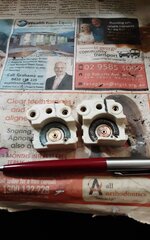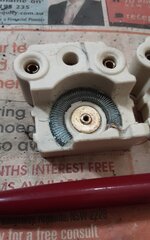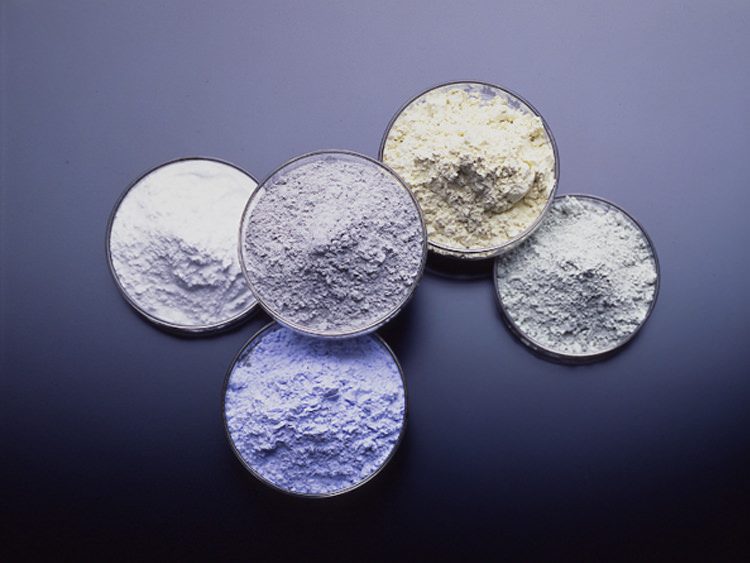userx2
Full Member level 3

Hello,
I am trying to repair some vintage potentiometers made by VDO.
The problem I have is that tge wire coil was secured in a ceramic slot with some white cement looking stuff. Without that, the wire coil gets literally wiped (!) out of the slot by the potentiometer wiper.
What product would be suitable to affix the coil back in the slot?
It gets quite hot, hence the ceramic housing.
Best regards
X
I am trying to repair some vintage potentiometers made by VDO.
The problem I have is that tge wire coil was secured in a ceramic slot with some white cement looking stuff. Without that, the wire coil gets literally wiped (!) out of the slot by the potentiometer wiper.
What product would be suitable to affix the coil back in the slot?
It gets quite hot, hence the ceramic housing.
Best regards
X



